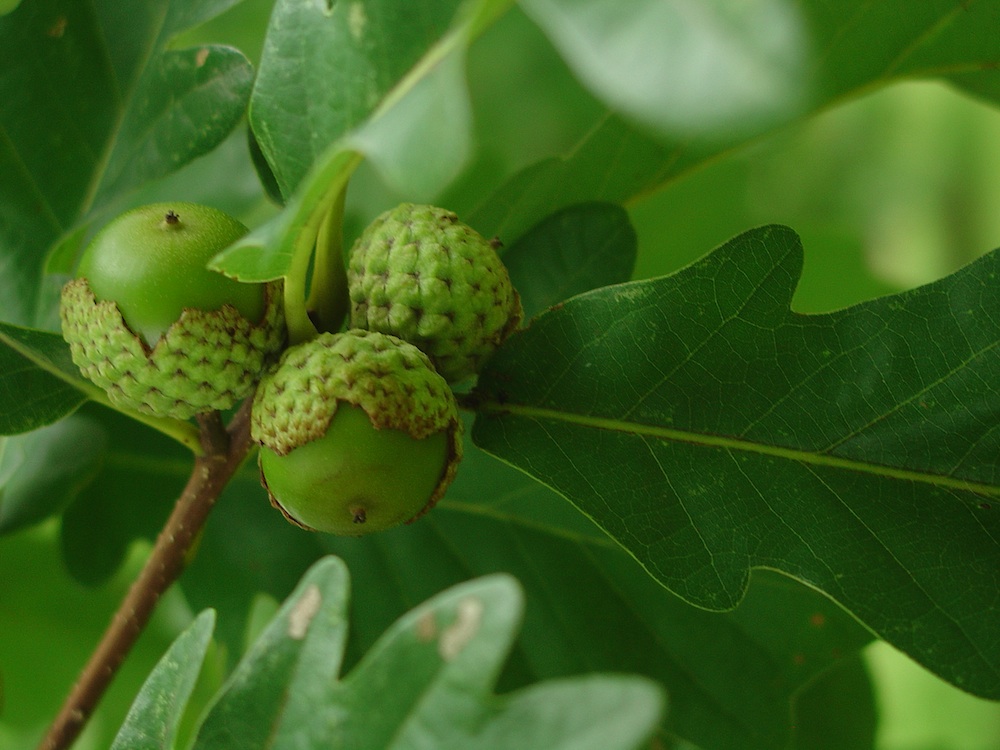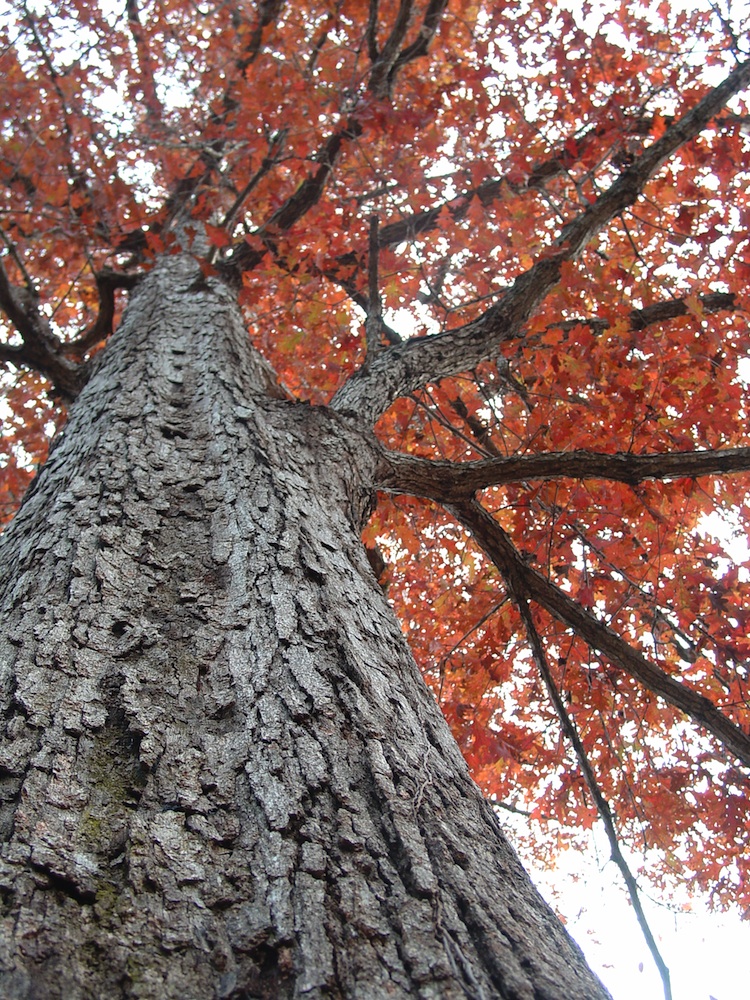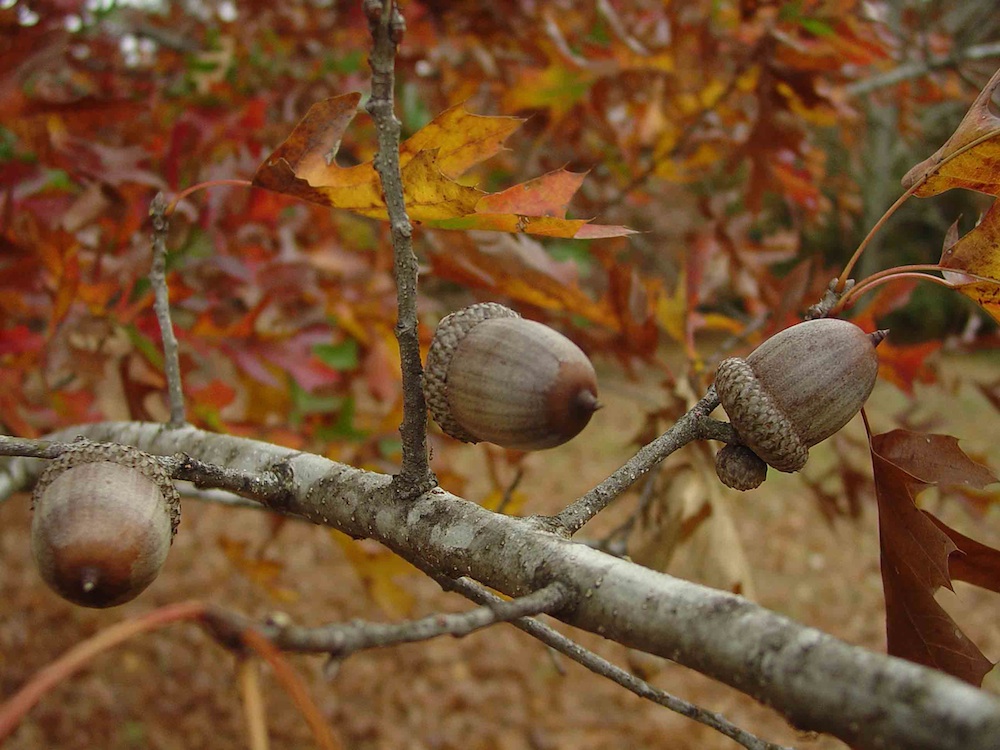COSAM News Articles 2012 February Auburn University’s Donald E. Davis Arboretum earns national recognition for oak collection
Auburn University’s Donald E. Davis Arboretum earns national recognition for oak collection
As the College of Sciences and Mathematics Donald E. Davis Arboretum prepares to celebrate its 50th anniversary, it has other big news to also celebrate. The Auburn landmark has been recognized as a member of the North American Plant Collections Consortium, or NAPCC, Multi-Site Quercus Collection, or MSQC.
“This recognition of the arboretum's oak collection is really exciting for the university,” Dee Smith, curator of the Davis Arboretum, said. “It integrates Auburn University into a national organization of collections and increases the visibility of our research and conservation efforts.”
The oak collection is the first multi-site collection the NAPCC has established, accepting 20 arboretums from across the country into the collection to date. This honor had long been sought out by the Davis Arboretum, as it is a distinction given to botanical gardens and arboretums that have an extensive and valuable collection of oaks. After an initial interest in the distinction, the arboretum recognized its need to first fulfill some missing credentials before they could be accepted.
The arboretum staff spent the next two years creating the missing documents—a collection policy, an assessment of their plants and a database that would incorporate where each tree to be included in the collection originated. During this time, the staff also spent time increasing and varying the number of oak species in its collection through acquisition of new oaks and acorns. Currently, the Davis Arboretum is home to 38 species of oaks native to Alabama and the Southeast, including rare and threatened species.
“For us to be considered for the MSQC, we had to demonstrate why and how we’d be valuable to their existing collection,” Smith said. “They didn’t have Southern Oaks, so by having this great Southern collection, we really set ourselves apart from the group as a desirable addition.”
It was the complete collection, Smith said, that further enticed the NAPCC to include the Davis Arboretum in its collection.
Todd Lasseigne, former executive director of the Paul J. Ciener Botanical Garden, reviewed the Davis Arboretum for the NAPCC and reiterated the worth of the Arboretum’s collection to the MSQC.
“This diverse collection is certainly of value to [the] NAPCC, and it readily distinguished itself from other collection holders in the MSQC,” Lasseigne commented.
The NAPCC is a brand of the American Public Garden Association that focuses on promoting plant germplasm preservation and encouraging high standards of plant collections management.
In accordance with the NAPCC goals, the arboretum will now be part of a group collaboration that aims to increase conservation efforts. Group members will share germplasm, or the genetic resources of a plant such as seeds, with one another. This sharing of germplasm will expand conservation efforts and safeguard against potential harm to a species. For example, the Davis Arboretum is home to the Boynton Oak, a species only found in Alabama. The Davis Arboretum will collect acorns from the Boynton and share some of the acorns with other MSQC members outside of its native Alabama.
Furthermore, the arboretum has agreed to voucher its species by pressing leaf stems and acorns, if possible, and giving one sample to the College of Sciences and Mathematics John D. Freeman Herbarium on campus and two others to the Morton and Arnold arboretums. These vouchers will also aid in conservation efforts and scientific recording.
While the arboretum was recognized for its oaks, it also includes other holdings from azaleas to other native Southeastern species. To check out the immense oak collection or the arboretum’s other plants, the public is invited to visit the arboretum seven days a week. Admission is free. For more information, go to http://www.auburn.edu/cosam/arboretum/.
Latest Headlines
-
04/18/2024
-
04/18/2024
-
04/18/2024
-
04/17/2024
-
04/12/2024



